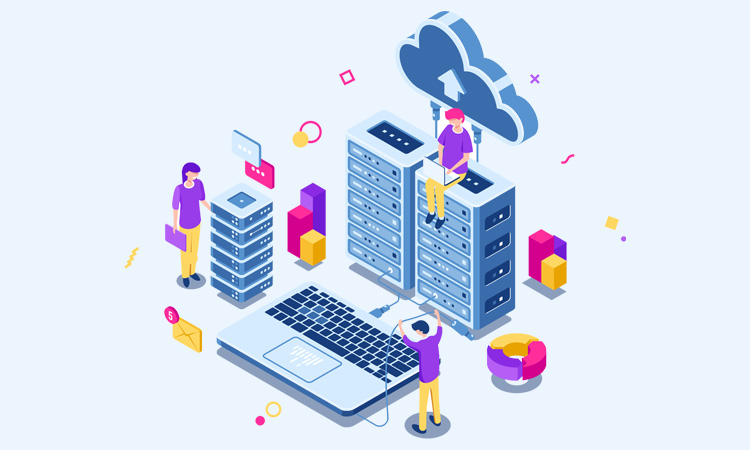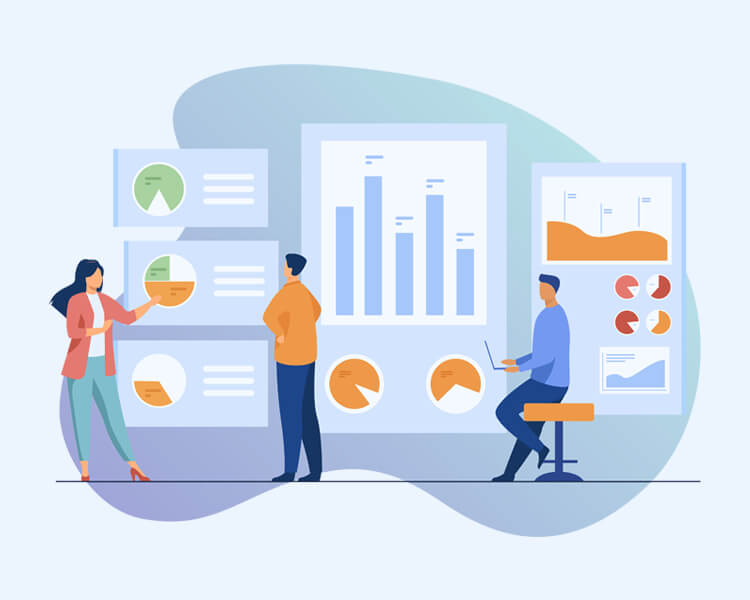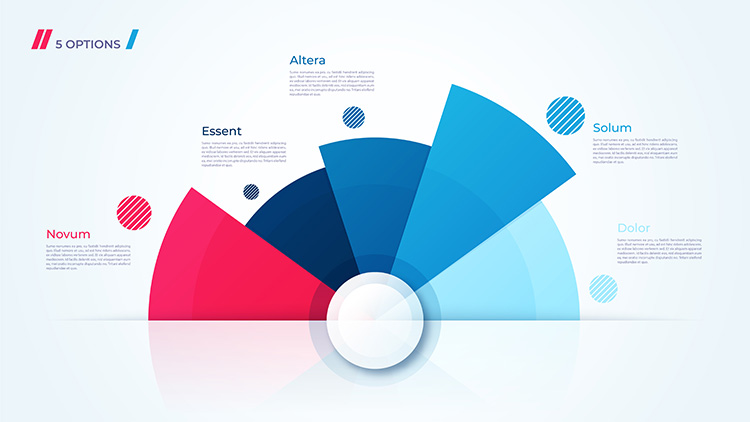AI & ML DevelopmentAbout this Services
Improve Machine Learning algorithms by studying underfitting, overfitting, training, validation, n-fold cross validation, testing, and how hyperparameters could improve performance. Perform linear and logistic regressions in Python.
1. Web Development Services
1.1 Custom Web Application Development
- Designing and developing bespoke web applications tailored to business requirements, using modern frameworks and scalable architectures.
1.2 Full Stack Web Development
- Expertise in both front-end (React, Angular, Vue) and back-end (Node.js, Python, Java) technologies to deliver complete web solutions.
1.3 E-Commerce Web Development
- Creating secure, scalable e-commerce platforms with integrated payment gateways, product catalogs, and order management systems.
1.4 CMS Development
- Developing and customizing Content Management Systems (CMS) like WordPress, Drupal, and Joomla for easy website management.
1.5 Enterprise Web Applications
- Building complex web applications for large organizations, with features like data analytics, dashboards, role-based access, and integrations with enterprise systems.
2. Back-End Development
2.1 Server-Side Programming
- Languages Used:
Java: For building high-performance, scalable applications.
Python: Known for its simplicity and wide range of frameworks.
Node.js: For fast, event-driven server-side scripting and microservices.
PHP: For building dynamic websites and content management systems.
2.2 Microservices Architecture
- Implementing microservices using technologies like Spring Boot and Node.js to build modular, scalable, and maintainable applications.
2.3 REST and GraphQL API Development
- Developing secure and high-performance RESTful and GraphQL APIs to enable seamless communication between different services and front-end applications.
2.4 Frameworks Used
- Spring Boot (Java)
Django (Python)
Express.js (Node.js)
Flask (Python)
NestJS (Node.js)
2.5 ORM and Data Handling
- Hibernate and JPA: ORM tools used to manage database operations in Java applications, ensuring easy data access and manipulation.
3. Database Operations
3.1 Databases Used
- Relational Databases:
- MySQL: Popular open-source relational database known for speed and reliability.
- PostgreSQL: A powerful, open-source database with support for advanced data types.
- NoSQL Databases:
- MongoDB: A flexible, document-based NoSQL database for handling unstructured data.
- Cassandra: A highly scalable NoSQL database for handling large datasets in real-time.
3.2 Database Design and Optimization- Creating efficient database schemas, indexes, and query optimization techniques to improve the performance of large-scale data operations.
4. Continuous Integration and Continuous Deployment (CI/CD)
4.1 CI/CD Tools
- Jenkins, Travis CI, CircleCI: Automating the integration, testing, and deployment process for faster, error-free releases.
4.2 Containerization and Orchestration
- Docker: Containerizing applications for consistency across environments.
- Kubernetes: Automating the deployment, scaling, and management of containerized applications.
4.3 Infrastructure as Code (IaC)
- Using Terraform and AWS CloudFormation to define and provision infrastructure, ensuring consistency and scalability.
5. Logging and Monitoring
5.1 Logging Tools
- ELK Stack: Elasticsearch, Logstash, Kibana: Used for centralized logging, monitoring, and troubleshooting large-scale applications.
- Graylog: Log management and real-time analytics.
5.2 Monitoring Tools
- Prometheus: For real-time application monitoring.
- Grafana: For creating rich dashboards and visualizing application performance metrics.
6. Testing
6.1 Automated Testing
- Using tools like JUnit, Selenium, and Cypress for automated testing, ensuring the code quality and functionality are maintained throughout development.
6.2 Manual Testing
- Thorough functional, usability, and performance testing to catch any bugs or issues that automated tests may miss.
6.3 Performance Testing
- Tools like Apache JMeter and Gatling for load and stress testing, ensuring applications can handle heavy traffic without downtime.
7. Deployment and Maintenance
7.1 Deployment Platforms
- AWS, Microsoft Azure, Google Cloud Platform (GCP): Utilizing leading cloud providers for scalable, secure, and reliable application hosting.
- Heroku: A PaaS for easy and quick app deployment.
7.2 Auto-Scaling and Load Balancing
- Using AWS Auto-Scaling, Elastic Load Balancing, Kubernetes Horizontal Pod Autoscaler, to handle increased user traffic efficiently.
7.3 Maintenance and Support
- Ongoing maintenance services, including bug fixes, security patches, feature enhancements, and performance optimization
8. Lifecycle of Web Development
- Requirement Gathering
- Design and Prototyping
- Back-End and Database Development
- Front-End Development
- Integration and Testing
- Deployment
- Monitoring and Maintenance
9. Large-Scale Data Handling
9.1 Big Data Processing
- Using tools like Apache Kafka for real-time data streaming, and Hadoop for large-scale data processing and storage.
9.2 Data Security and Encryption
- Implementing data encryption, secure APIs, and privacy protocols to protect sensitive data during processing and transmission.
10. Technologies and Frameworks
10.1 Front-End Technologies
- React.js, Angular, Vue.js: Popular JavaScript frameworks for building interactive and responsive front-end applications.
10.2 Back-End Technologies
- Java, Python, Node.js, PHP: Used for server-side scripting and back-end logic.
- Spring Boot, Express.js, Django: Frameworks for building efficient, scalable back-end applications.
11. Cloud Services and Platforms
11.1 AWS (Amazon Web Services)
- A comprehensive cloud platform offering services like EC2, S3, RDS, and Lambda for scalable hosting, storage, and serverless computing.
11.2 Microsoft Azure
- Cloud services offering Azure App Services, Azure Functions, and Azure Kubernetes Service (AKS) for app hosting and microservices management.
11.3 Google Cloud Platform (GCP)
- A suite of cloud computing services including Compute Engine, Google Kubernetes Engine, and BigQuery for large-scale data processing and hosting.
12. Security Practices
12.1 OAuth 2.0 and JWT
- Implementing OAuth 2.0 for secure user authentication and JSON Web Tokens (JWT) for secure API communication.
12.2 Security Protocols
- Using SSL/TLS encryption for data transmission, and security practices such as firewalls and DDoS protection.
13. Tools and Technologies
13.1 DevOps Tools
- Docker, Kubernetes, Ansible, Terraform: Tools for automating infrastructure setup, app deployment, and scaling.
13.2 Full-Stack Development Stacks
- MEAN Stack: MongoDB, Express.js, Angular, Node.js.
- MERN Stack: MongoDB, Express.js, React.js, Node.js.
13.3 Web Application Frameworks
- Spring Boot (Java), Django (Python), Express.js (Node.js), Flask (Python): Frameworks for building robust, high-performance back-end systems.
14. Web Application Types We Develop
14.1 E-Commerce Web Applications
- Secure, feature-rich online stores with payment integration, product management, and order tracking.
14.2 Enterprise Web Applications
- Scalable web applications for large organizations, focusing on workflow automation, data analytics, and CRM systems.
14.3 Single Page Applications (SPA)
- React.js, Angular powered SPAs that offer a fast and seamless user experience with minimal page reloads.
14.4 Progressive Web Apps (PWA)
- Web applications that provide an app-like experience on mobile devices, including offline capabilities, push notifications, and faster load times.
It is a long established fact that a reader will be distracted by the readable content of a page when looking at its layout. The point of using Lorem Ipsum is that it has a more-or-less normal distribution of letters, as opposed to using ‘Content here, content here’, making it look like readable English. Latin words, combined with a handful of model sentence structures, to generate Lorem Ipsum which looks reasonable.
Application Areas
Technologies That We Use
- JavaScript
- Python
- Java
- C/CPP
- PHP
- Swift
- C# (C- Sharp)
- Ruby
- SQL


